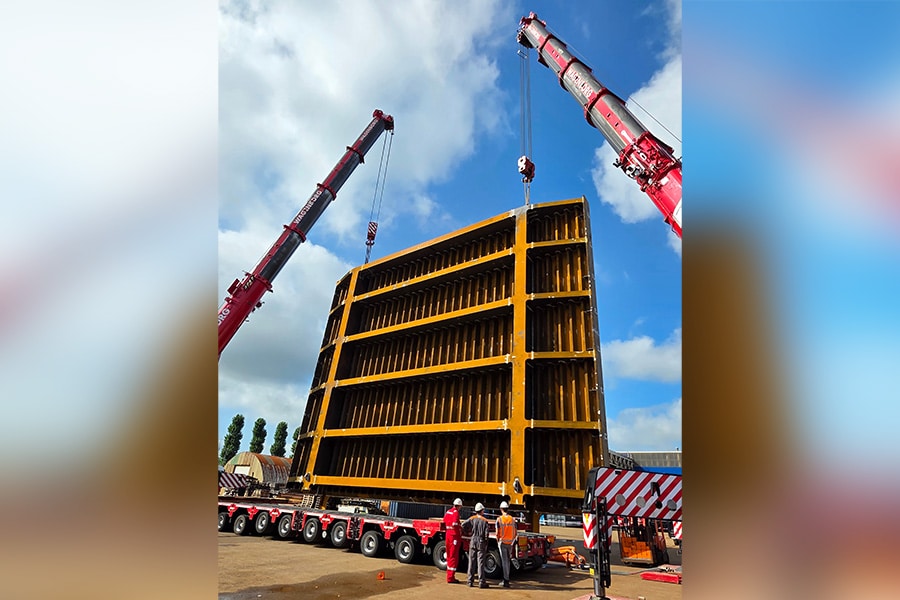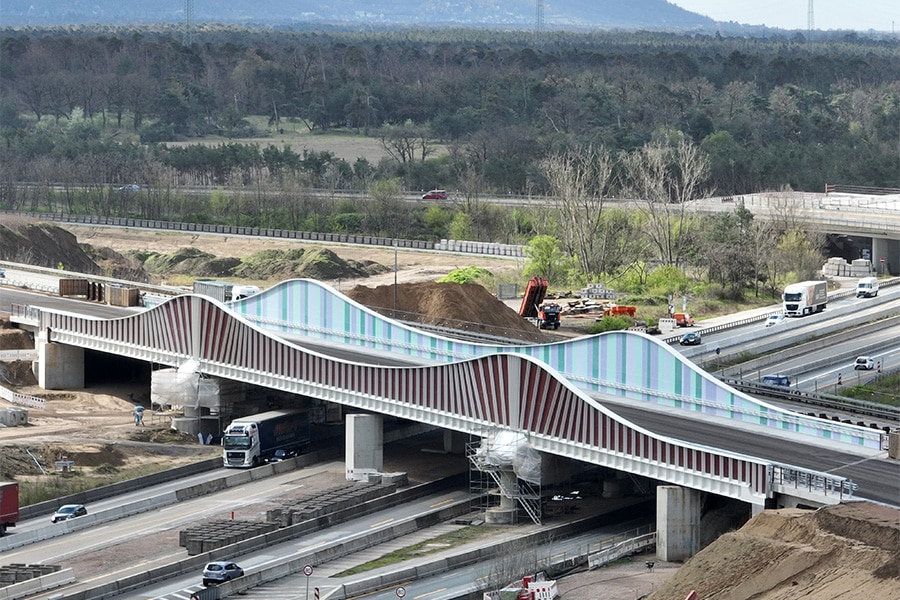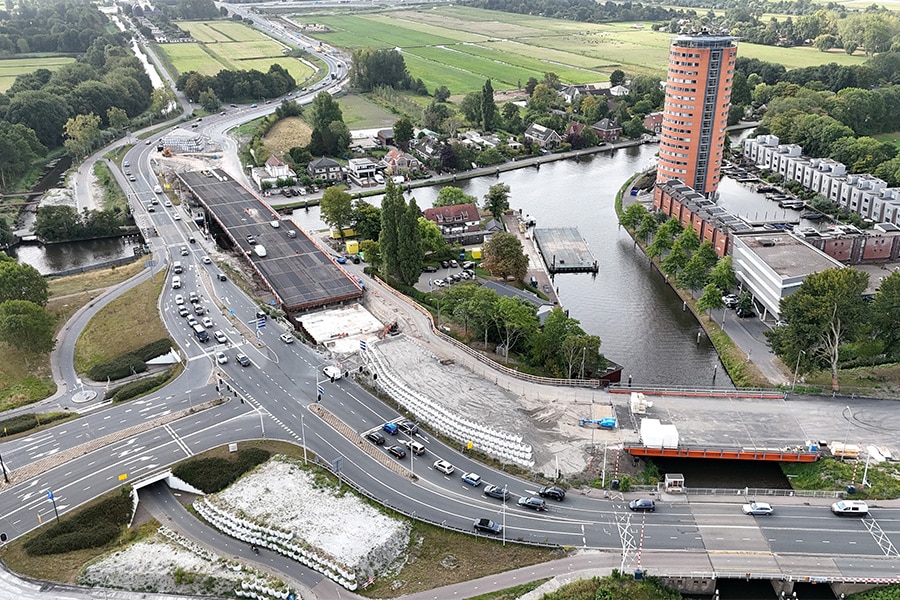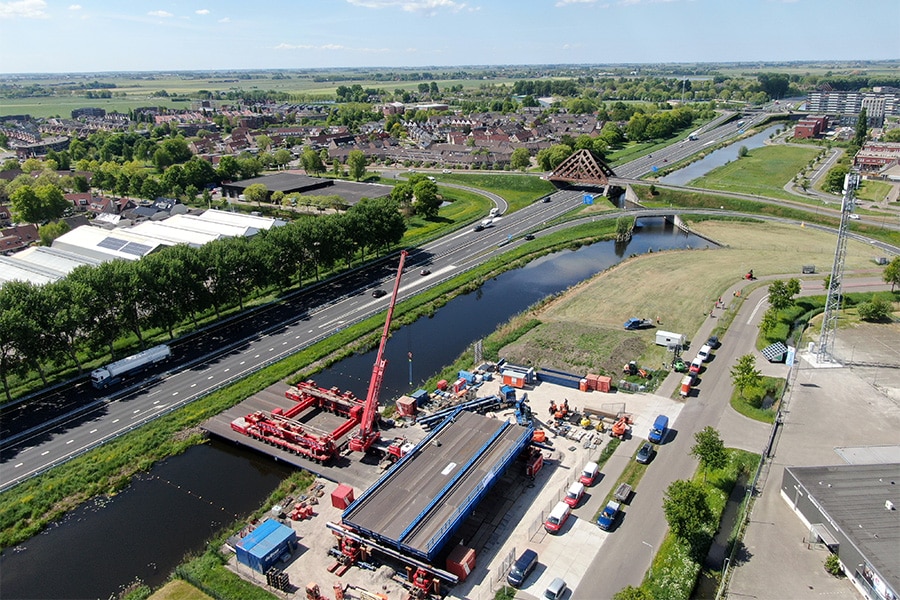
Cloudburst tunnel unburdens Copenhagen
The climate is changing, that much is clear by now. In the summer months we experience short but often heavy showers. Such a cloudburst causes considerable flooding. Copenhagen also struggles with this phenomenon. Reason for the city to build a so-called cloudburst tunnel to relieve the sewage system at such times and prevent flooding and flooded basements. The project comprises a number of phases, with Belgium's Smet Group handling the construction of the tunnel under the Strandboulevarden in Østerbro.
In the coming years, much of the city of Copenhagen will be equipped with cloud-burst tunnels. "The capacity of the existing sewers is often insufficient to buffer all the water from summer downpours," says Pieter Hermans of Smet Group. "With a cloudburst tunnel, the large amounts of water can indeed be buffered and drained. Commissioned by the Danish company Hofor, we are currently constructing the tunnel under the Strandboulevards and an outlet shaft towards the harbor, accounting for a total length of 1.1 kilometers. The intention is that abundant rainwater can be safely drained via the tunnel starting in the summer of 2021."
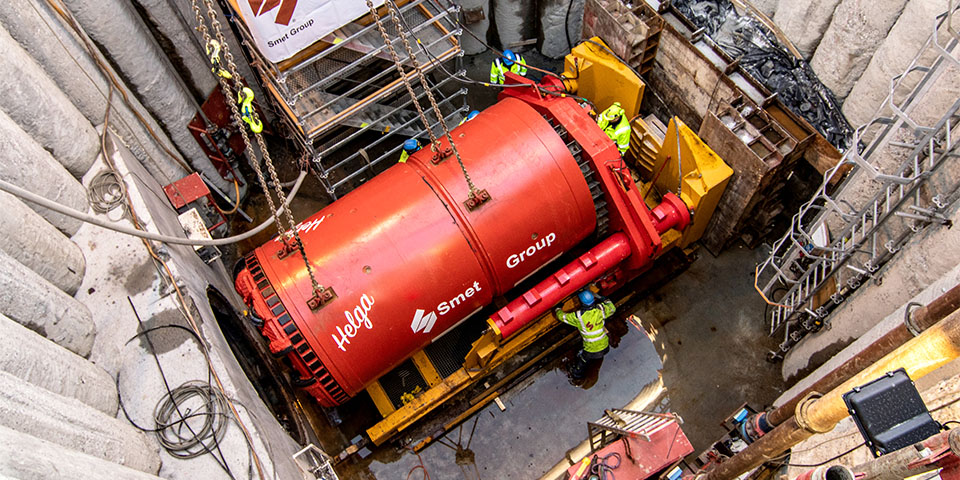
To drill the tunnel, Smet Group is using the so-called AVND technique.
Closed circuit
From a departure shaft under the Strandboulevards, Smet Group is performing three pressings about 6 meters below the road surface. "We deploy the so-called AVND technique for this," Hermans explains. "The drill shield, called Helga, weighing about 50 tons, makes its way forward, where the front is kept stable with drilling water and bentonite and supported by an air pressure chamber. This is a closed circuit. At the same time, concrete rings are pushed into the borehole forming the actual tunnel. During jacking, the entire surrounding area, adjacent homes, intersections et cetera are continuously monitored for settlements, noise and vibrations. We started pressing towards the south in late 2019, realizing a 350-meter-long tunnel here. Then we will turn around and drill a tunnel from the departure shaft towards the north. This tunnel will be 600 meters long. So the total length of the tunnel under the Strandboulevards will soon be 950 meters with an internal diameter of 2 meters. Then, again from the departure shaft, we squeeze a tunnel in a natural flow towards the east over a length of 210 meters and with an internal diameter of 2.5 meters. This will soon form the outlet shaft that will be connected to an already existing shaft to the port with an overflow to the sea."
The three shafts constructed by Smet Group are so-called buffer shafts. Hermans: "The sewers of the streets perpendicular to the Strandboulevards will be connected to this cloudburst tunnel. In addition, we are realizing overflow valves on the road surface of the Strandboulevards so that rainwater can flow directly into the tunnel. According to schedule, we will deliver the shafts to the City of Copenhagen by the summer of 2021."
